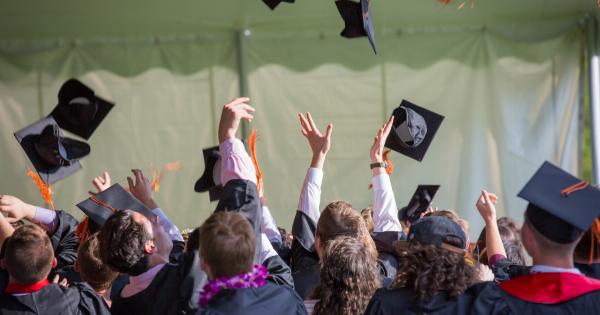Education is a vital aspect of a child’s development, and it is essential to ensure that students not only perform well academically but also display positive behavior in school.
By implementing proven strategies, educators and parents can create an environment that fosters improved performance and behavior in school. In this article, we will explore ten effective strategies that can greatly benefit students and contribute to their overall success.
1. Clear Expectations and Consistent Rules
Setting clear expectations and establishing consistent rules is crucial in promoting positive behavior in school. Students should know what is expected of them regarding behavior, academic achievements, and classroom participation.
By providing crystal clear guidelines, educators help students understand the boundaries and encourage them to improve their performance.
2. Positive Reinforcement
Positive reinforcement is a powerful tool that can motivate students to perform well and display positive behavior.
By rewarding students for their hard work, academic achievements, and good behavior, educators reinforce positive habits and create a positive learning environment. Rewards can include verbal praise, certificates, privileges, or small incentives that encourage students to continue excelling.
3. Individualized Learning
Every student has unique strengths, weaknesses, and learning styles. Implementing individualized learning strategies can greatly enhance both academic performance and behavior.
By tailoring teaching methods and lesson plans to meet individual needs, educators can make learning more engaging, relevant, and enjoyable for students, increasing their motivation and overall performance.
4. Building Strong Relationships
Developing strong relationships with students is vital in fostering improved performance and behavior in school. When students feel valued and supported, they are more likely to engage actively in learning and demonstrate positive behavior.
Educators should strive to build trust, practice active listening, and show genuine care for their students’ well-being. Positive relationships between teachers, students, and parents are crucial for achieving success.
5. Effective Communication
Open and effective communication is essential for improving performance and behavior in school. Educators should regularly communicate with students and their parents to provide feedback, discuss concerns, and celebrate achievements.
Clear communication lines help identify any issues early and address them promptly, ensuring that students’ performance and behavior steadily improve.
6. Goal Setting and Planning
Encouraging students to set goals and plan their academic journey is a proven strategy for improved performance in school. Goals provide students with a sense of purpose and direction, motivating them to work diligently towards their desired outcomes.
By helping students break down their goals into smaller achievable tasks and regularly reviewing progress, educators can guide students towards consistent improvement.
7. Active Learning Strategies
Active learning strategies promote engagement, deep understanding, and knowledge retention.
By incorporating activities that require students to actively participate, such as group work, hands-on experiments, and classroom discussions, educators can enhance both academic performance and behavior. Active learning strategies allow students to develop critical thinking, problem-solving, and interpersonal skills, contributing to their overall success.
8. Support for Struggling Students
Not all students learn at the same pace or face similar challenges. It is essential to identify and provide support to struggling students to prevent academic and behavioral issues from escalating.
Offering additional assistance, tutoring, or specialized programs can significantly benefit students who need extra help, ensuring their performance and behavior improve over time.
9. Inclusion and Diversity
Creating an inclusive and diverse learning environment is crucial for improved performance and behavior in school. Students should feel valued and respected regardless of their background, ability, or ethnicity.
By embracing diversity and promoting equality, educators foster an atmosphere of acceptance, encouraging students to engage actively and contribute to the learning community.
10. Collaboration Between Teachers and Parents
A strong partnership between teachers and parents is critical in promoting improved performance and behavior in school.
Regular communication, shared goals, and mutual support between educators and parents create a united front to support students’ success. By working together, teachers and parents can address any challenges or concerns promptly and provide the necessary guidance and resources for students to thrive.





























